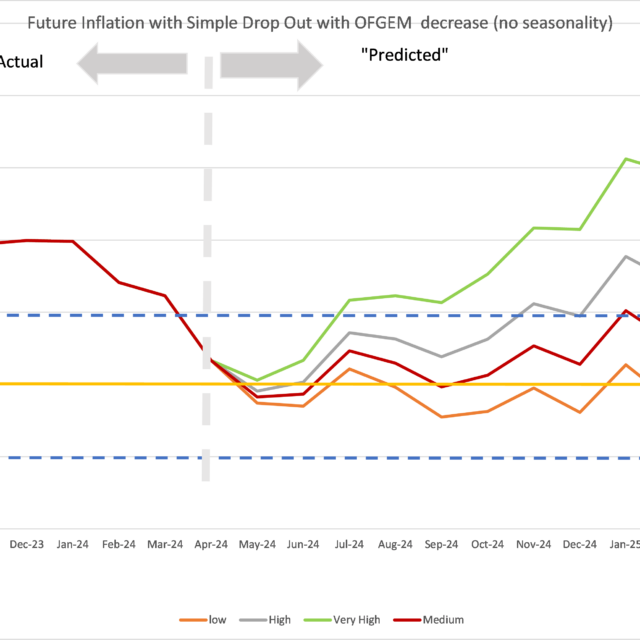Strong Wage Growth Persists Amidst Rise in National Minimum Wage
 Pub. Date
Pub. Date
11 June, 2024
 Pub. Type
Pub. Type
Main points
- Growth in average weekly earnings (including bonuses) remains strong, recording 5.9 per cent in the three months to April 2024, and 6.0 per cent excluding bonuses
- With inflation falling, these figures represent a 2.2 per cent increase in real pay, the highest level since October 2021
- Amidst the 9.8 per cent minimum wage hike in April and better than expected economic recovery, total wage growth is expected to remain strong at 4.5 per cent in the second quarter of 2024. However, we expect pay growth to gradually slow as the labour market cools in the following months
- The persistence of high wage growth raises concerns about stickier inflation and prompts the Bank of England to remain cautious with regards to interest rate cuts
- Unemployment rate has risen by 0.4 pp on the quarter, recording 4.4 per cent in the three months to April, the highest level in three years
- The vacancy-to-unemployment ratio remains on a downward trend, amidst a rise in unemployment and a gradual fall in labour demand, indicating that the labour market continues to cool
“Wage growth continues to be strong at 5.9 per cent (6 per cent excluding bonuses) in the three months to April, amidst the 9.8 percent hike in minimum wage. With inflation falling, real income gains for employees recorded 2.2 per cent in the three months to April, its highest level since October 2021. However, the persistence of wage growth also raises concerns about stickier inflation, prompting the Bank of England to remain cautious about interest rate cuts. We expect wage pressures to ease gradually in the coming months as the labour market cools, with unemployment rising relative to vacancies.”
Monica George Michail, Associate Economist
























